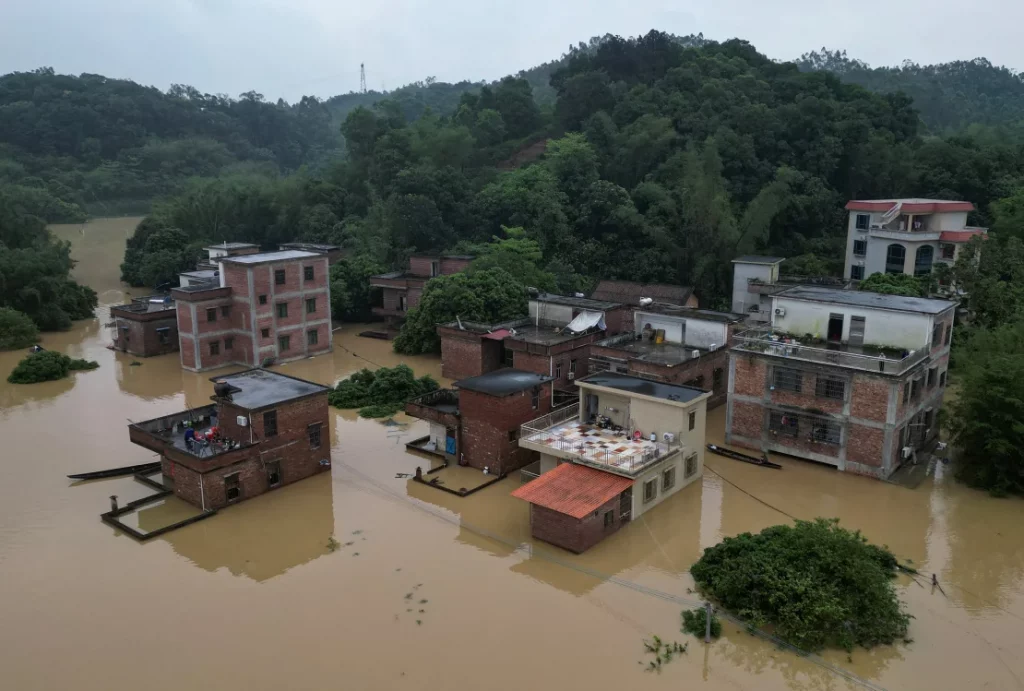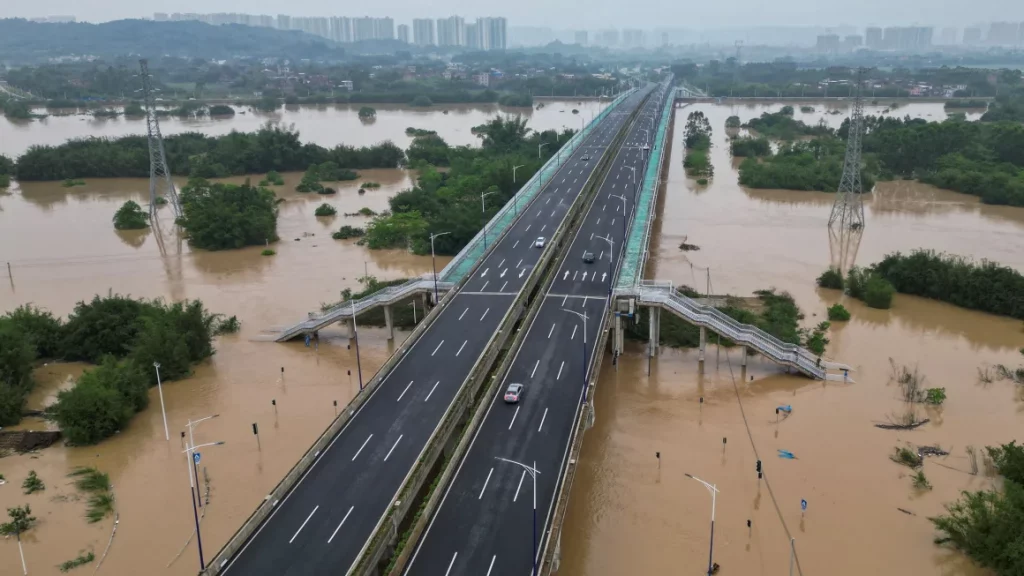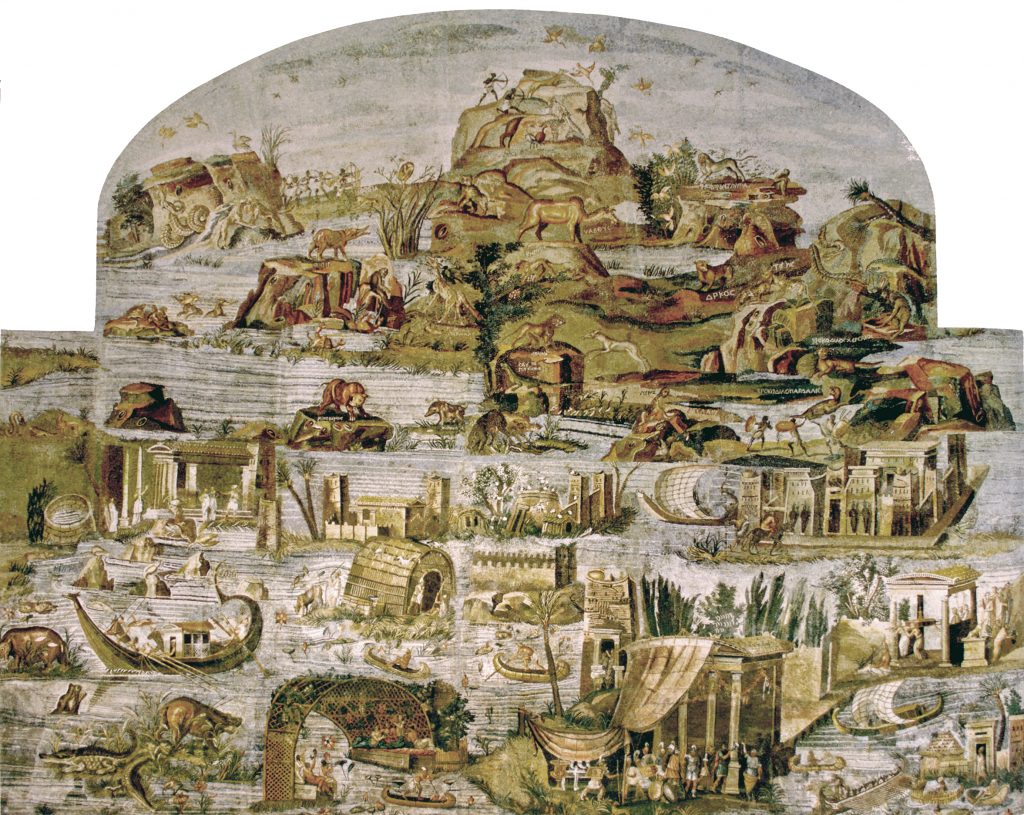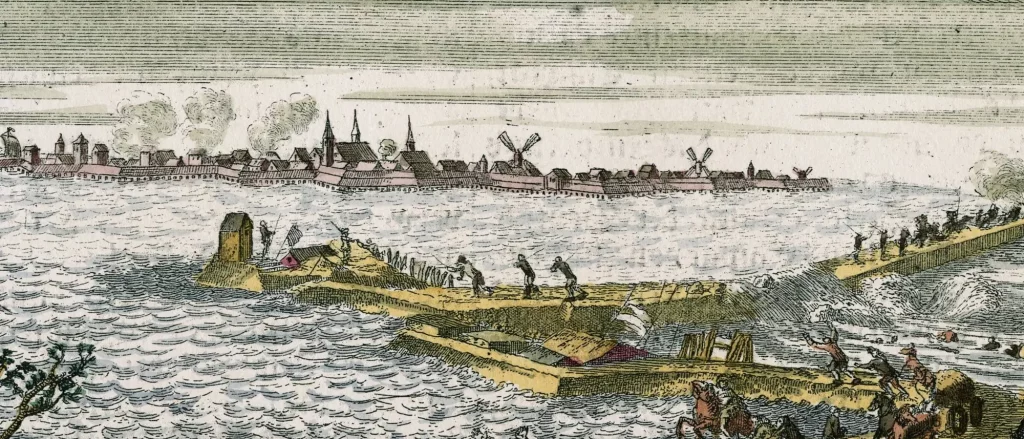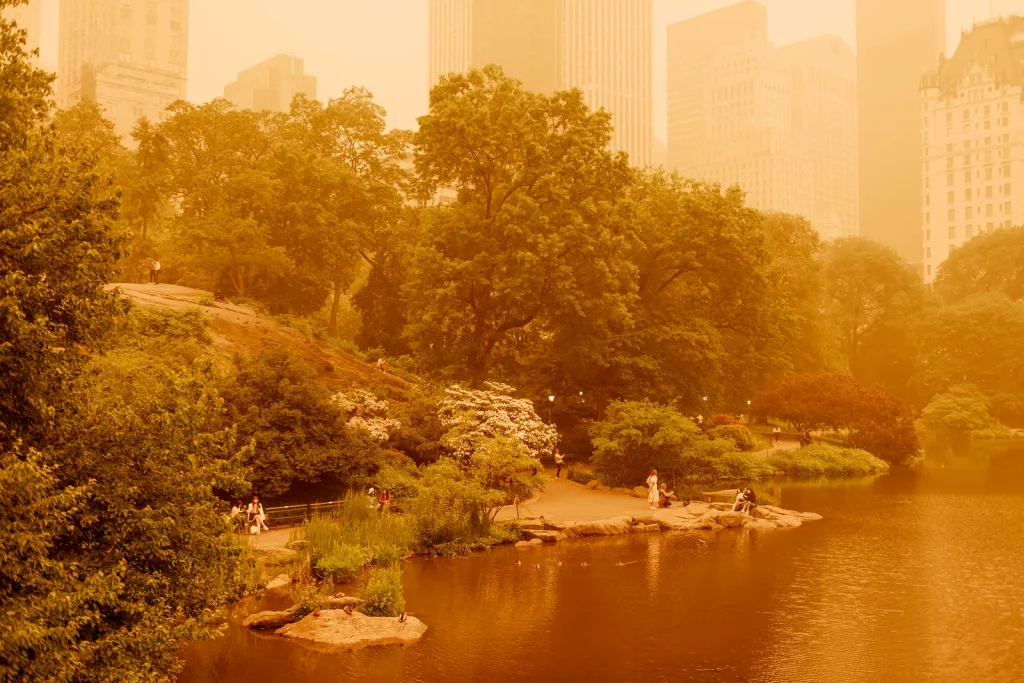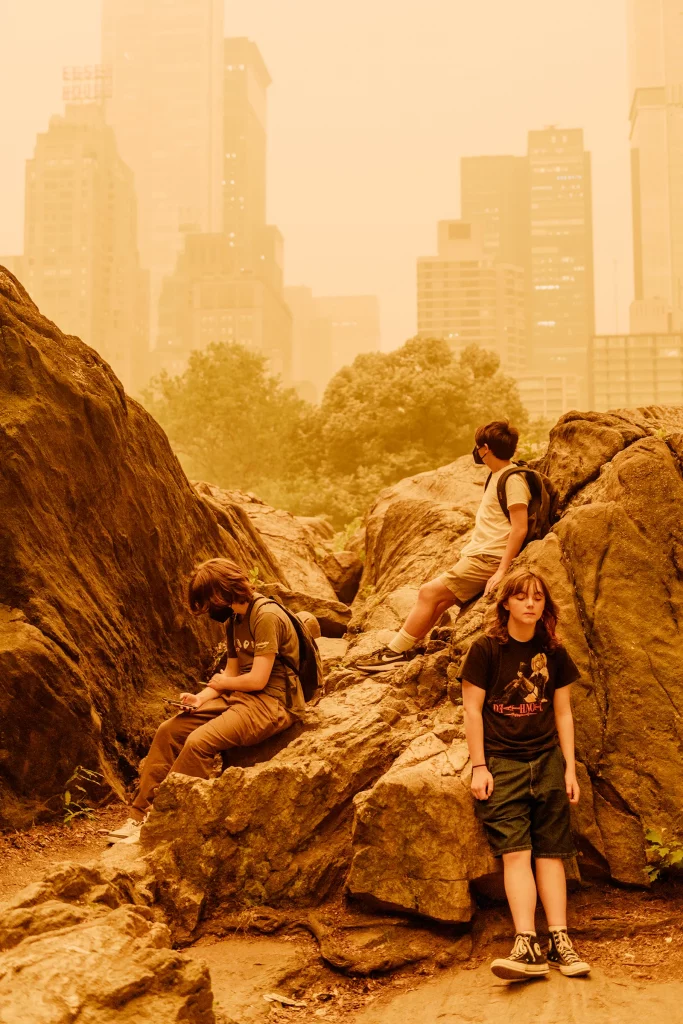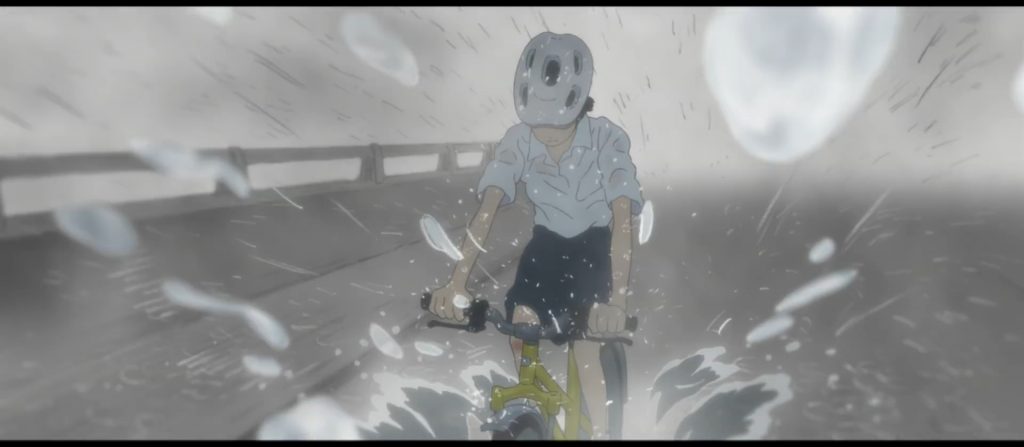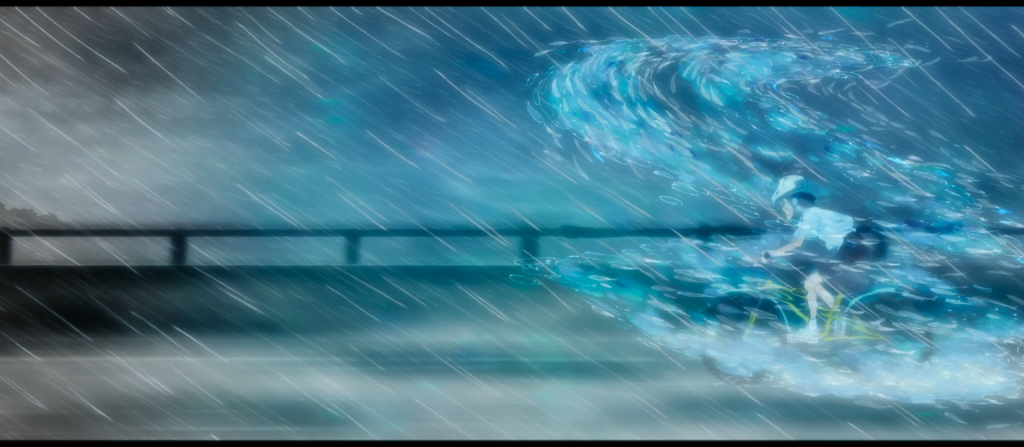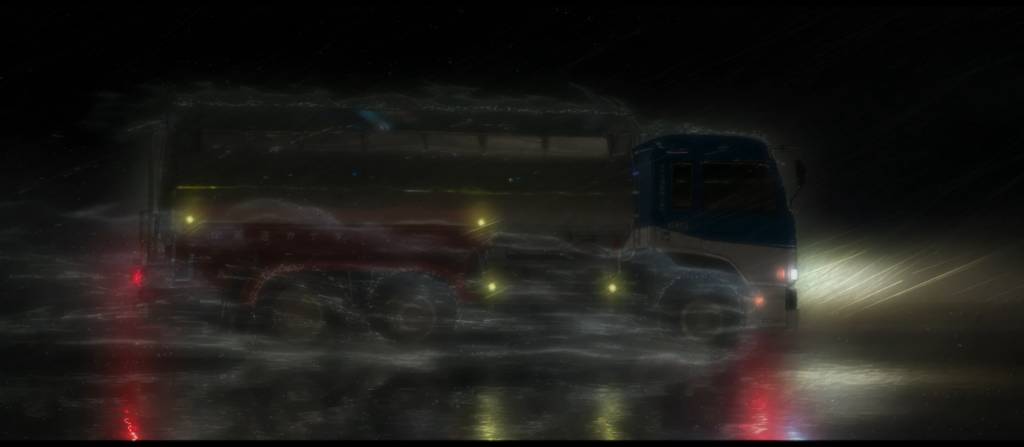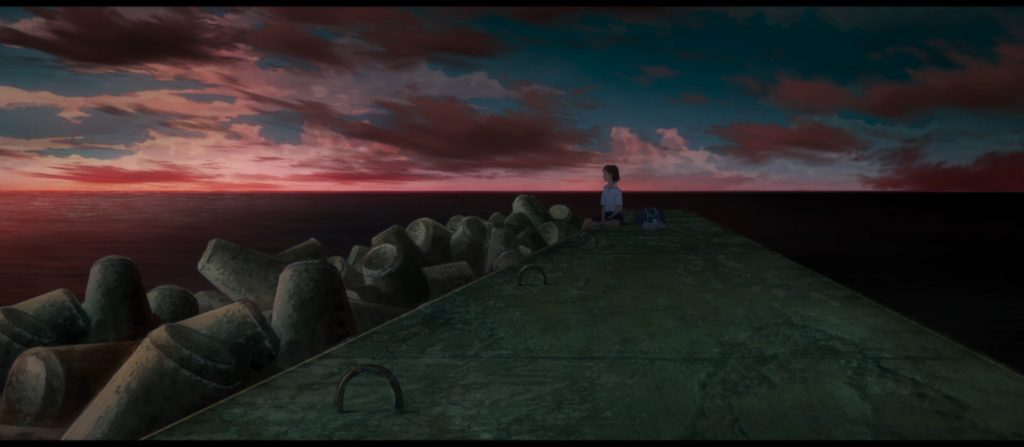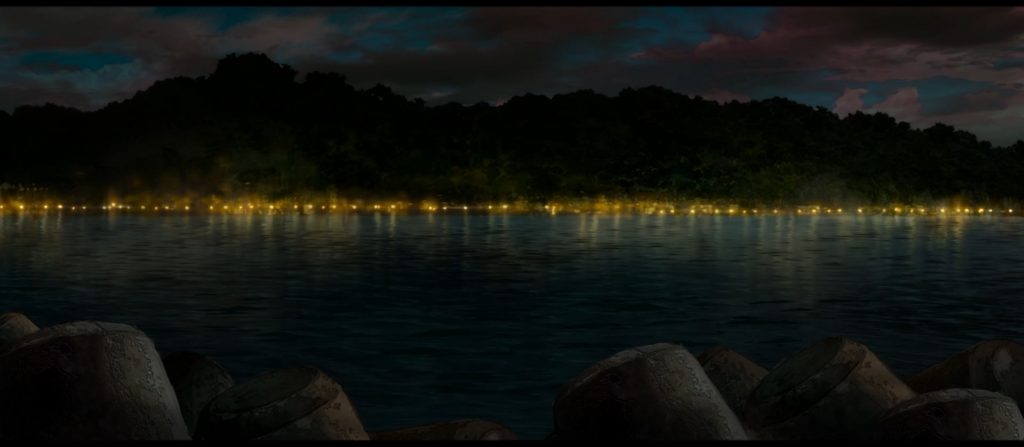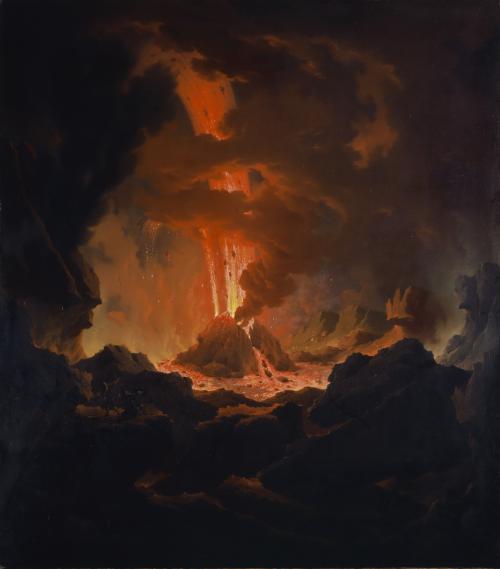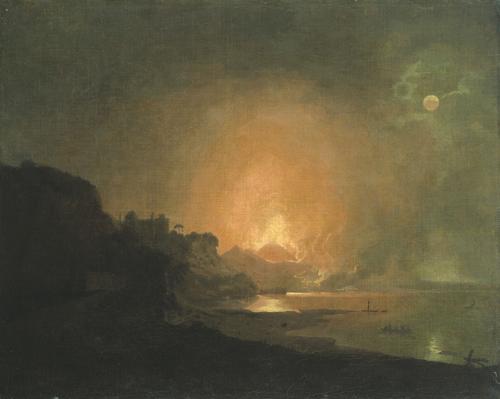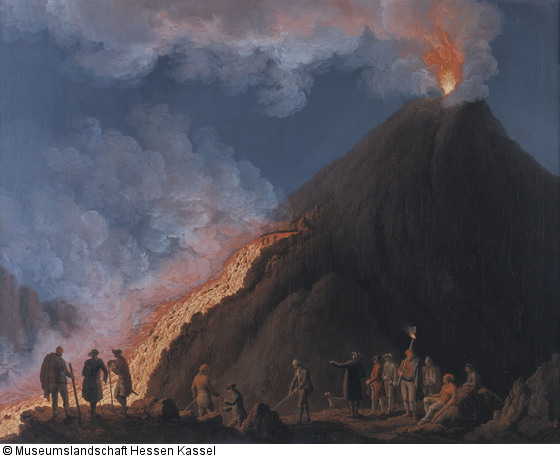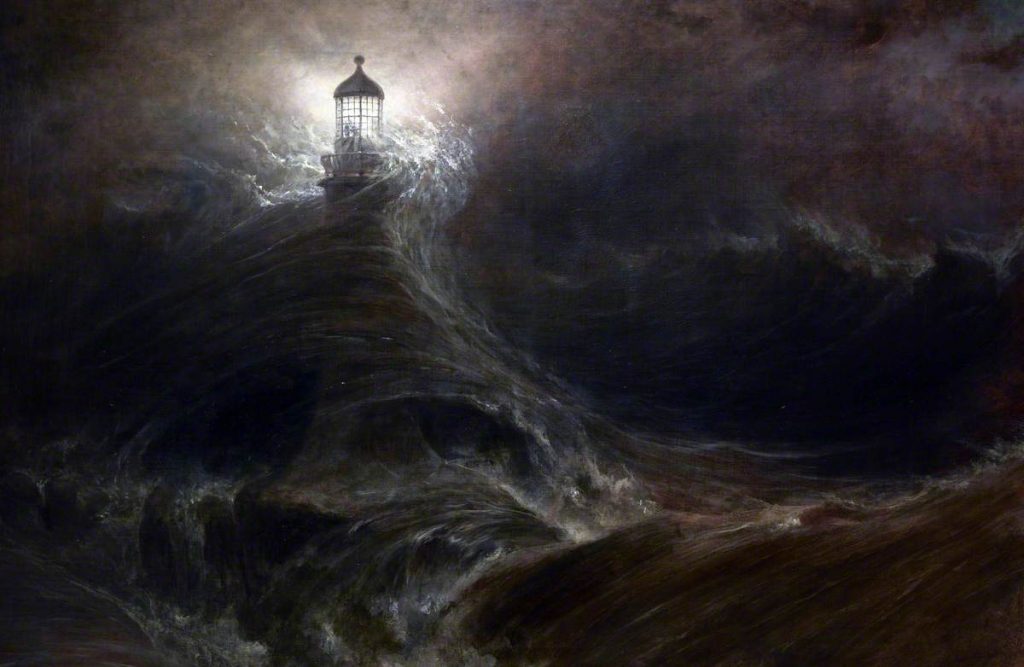The erupting mount Vesuvius in Italy is one of the most popular motives in modern art history, particularly throughout the 18. and 19. Century – at least as far as disasters go. Between 1766 and 1779 the volcano erupted several times, giving artists occasions to witness the event personally. The topic and it’s visual representation have played a major role in Europe’s public imagination of natural disasters.
Here are a couple of examples, mostly taken from the 2018 exhibition “Entfesselte Natur” (Nature Unleashed) at Kunsthalle Hamburg, Germany.
above: Pierre-Henri de Valenciennes (1750–1819): “Eruption of Vesuvius with the death of Plinius”, 1813
above: Michael Wutky (1739–1822): “Vesuvius Eruption”, around 1796
Joseph Wright of Derby (1734–1797): “Eruption of Vesuvius”, between 1776 and 1780.
Pierre Jacques Volaire: “The Eruption of Vesuvius”, 1771
Jakob Philipp Hackert (1737 – 1807): “Vesuvius Eruption in the year 1774”, 1774
For more information and the philosophical ideas behind the eruption of mount Vesuvius in art history see my post here.

